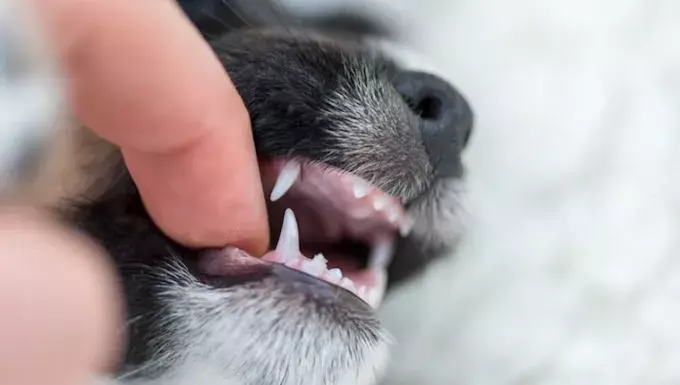Epulis is a benign oral tumor that occurs in dogs, typically arising from the gum tissue surrounding the teeth. Although these growths are not cancerous, they can significantly affect a dog’s quality of life. There are different forms of epulis, including ossifying, fibromatous, and acanthomatous types, each varying in characteristics and impact on the dog’s health. The tumors often occur near the base of the teeth and may result in various oral issues.
When it comes to recognizing epulis, the symptoms can manifest in several ways. Common signs include bleeding from the gums, excessive drooling, difficulties while chewing, and a noticeable reduction in appetite. A dog suffering from epulis may also exhibit bad breath—a direct consequence of the growths affecting oral hygiene. In more severe cases, pet owners may notice swollen jaws and unintended weight loss as the dog struggles with eating and digestion.
Recognizing these symptoms early on is vital, as untreated epulis can lead to more extensive mouth problems, including tooth loss. Pet owners should monitor their dogs closely for these indications.
The exact origins of epulis remain an enigma in veterinary medicine. However, certain dog breeds appear to be more susceptible to this condition. Boxers, American Bulldogs, Shetland Sheepdogs, and Old English Sheepdogs are commonly affected. It’s worth noting that flat-faced breeds, often due to their genetic predispositions, may show higher instances of this oral condition.
While epulis is frequently confused with gingival hyperplasia—an enlargement of the gums—a crucial difference lies in the former being localized. It is important for dog owners to recognize that various oral conditions can mimic one another, emphasizing the need for accurate veterinary diagnosis.
A veterinary examination is crucial for diagnosing epulis. The veterinarian will conduct a thorough physical assessment, particularly of the oral cavity. This examination is often supplemented with blood tests and imaging, such as X-rays, to determine the extent of the condition.
The primary treatment for epulis is surgical removal of the growth. This procedure can alleviate symptoms and prevent further complications. Post-surgery, dogs will typically be placed on a soft food diet to ease the eating process, alongside prescribed pain medication to ensure comfort during recovery. It is vital for pet owners to adhere strictly to the veterinarian’s dosage and schedule for medications to promote optimal healing.
Once the growth has been removed, maintaining good oral hygiene is essential to prevent future dental issues. Regular teeth cleaning and professional dental check-ups should become integral parts of your dog’s healthcare routine. Engaging with your veterinarian about tailored dental care practices can help manage and reduce the risks associated with oral growths like epulis.
While the exact cause of epulis in dogs remains unknown, early detection and treatment are key in effectively managing this benign condition. Through vigilant observation and professional veterinary care, pet owners can significantly improve the quality of life for their beloved companions affected by epulis. Have you noticed any concerning signs in your dog? Regular veterinary consultations and prompt interventions can make a world of difference.

